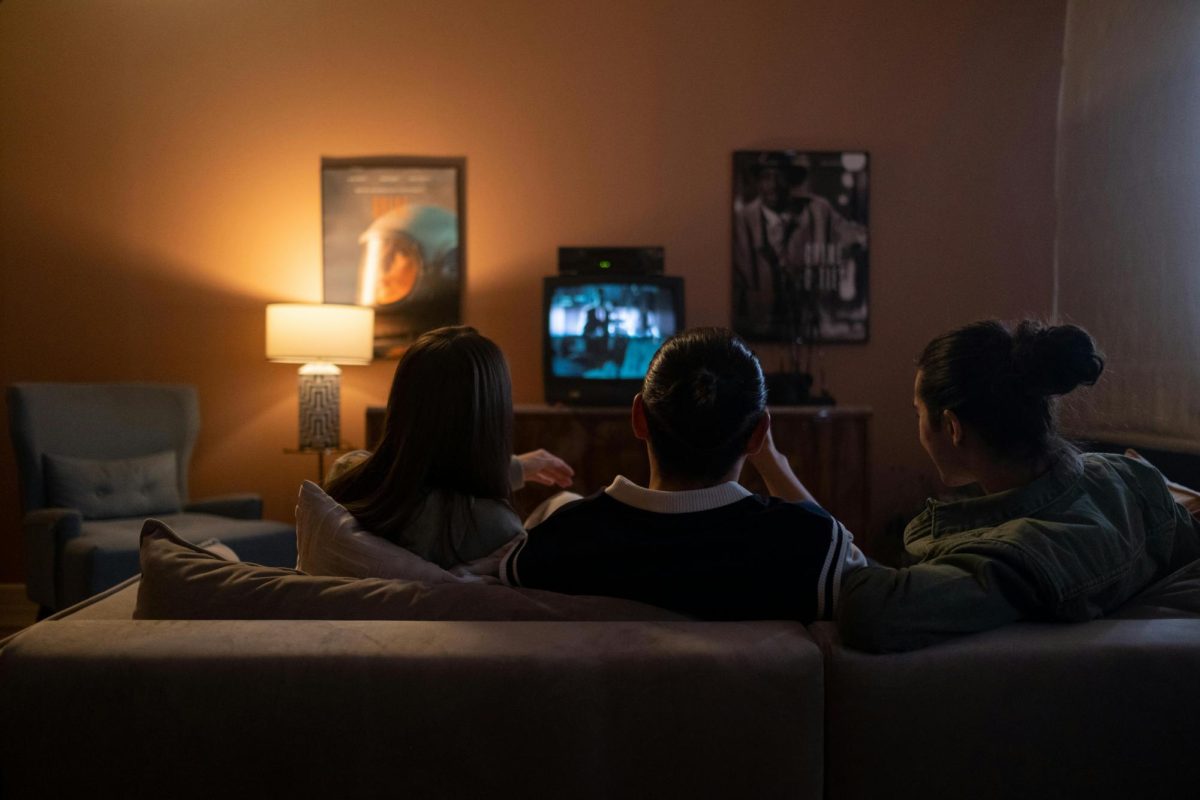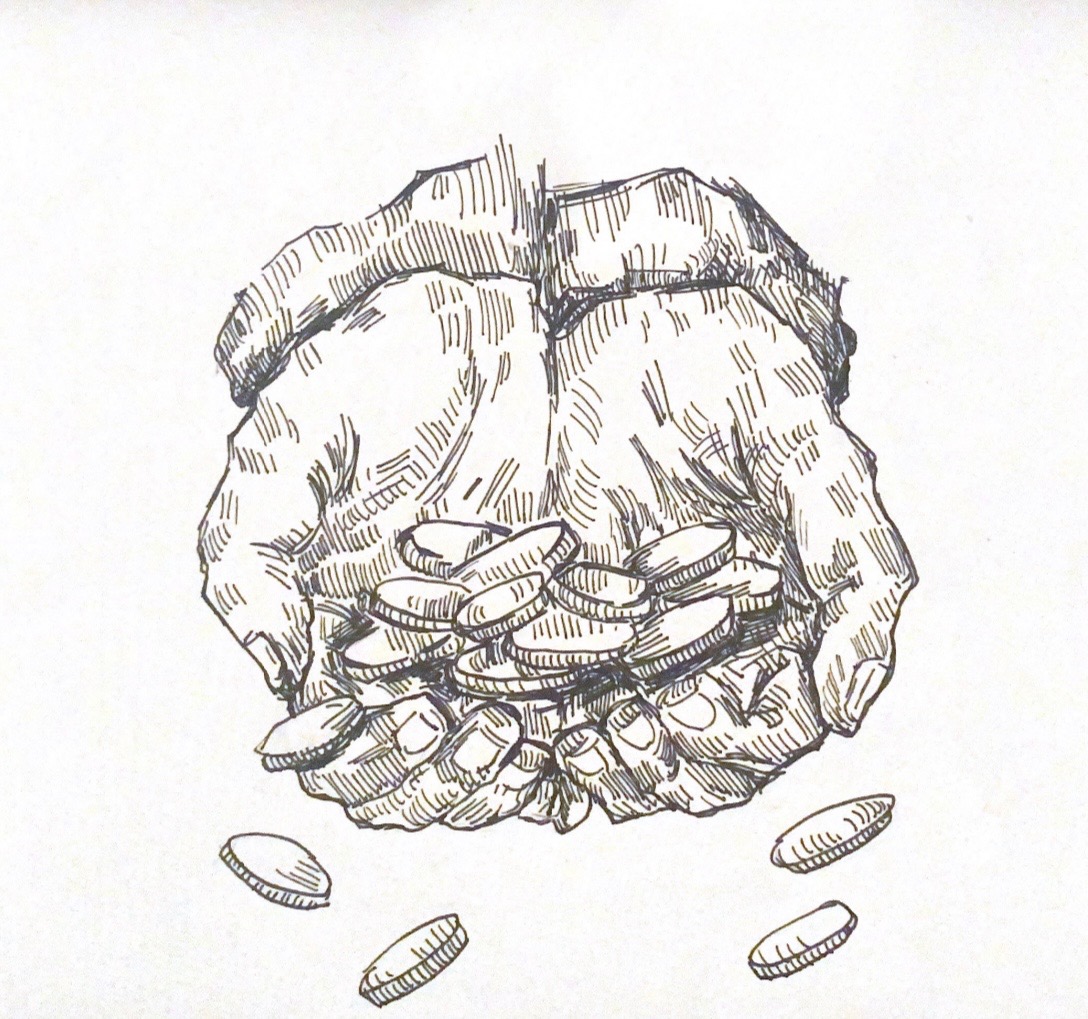In this pressure cooker country of high-stakes testing, it’s no wonder that some students turn to cheating. After students in a cheating ring in Long Island paid other teens thousands of dollars to take tests for them over the last few years, SAT and ACT test-makers created more stringent testing identification policies that will begin next fall. Though these measures will prevent most students from cheating, they still might not be strict enough to deter determined cheaters.
Students will now have to upload a photo of themselves to the websites of SAT or ACT providers before taking the test. They’ll also have to include their gender and birthday on the test registration form, which previously weren’t required – a flaw that allowed one Long Island boy to take his girlfriend’s SAT for her. To prevent students from simply submitting an image of a hired test-taker, testing companies will mail photos and accompanying scores to students’ high schools.
Guidance counselors can then check the validity of the student’s photo, but this will require a new time commitment by counselors, said guidance counselor Frances Landau. It’s unfair to hold high school counselors accountable for the problems of testing companies, especially with many school administrations already working at maximum capacity. Besides, counselors aren’t the ones actually checking in students at the test, and dark photos, look-alike friends, and even hair dye could potentially fool the strangers who administer the test.
For the large percentage of students who’d never consider hiring a peer to take their test, these requirements are an additional hassle with no clear gain. Student photos will accompany SAT scores into a database accessible to the colleges students send scores to, raising troubling questions. Those photos reveal race, weight, attractiveness, and other qualities that could subconsciously influence admissions officers, should they choose to view them.
While cheating is a major problem on standardized tests, the new identification measures aren’t the ideal solution. Instead, SAT and ACT providers could consider revamping the testing process and administer it primarily at students’ own schools by their own teachers, similarly to the PSAT. Familiar teachers could easily check for strangers and misidentified test takers, and create direct consequences for cheating students. It would be much harder to pretend to be someone else in front of peers and teachers than at a testing center three hours away, even when that testing center is in possession of one extra photo.








